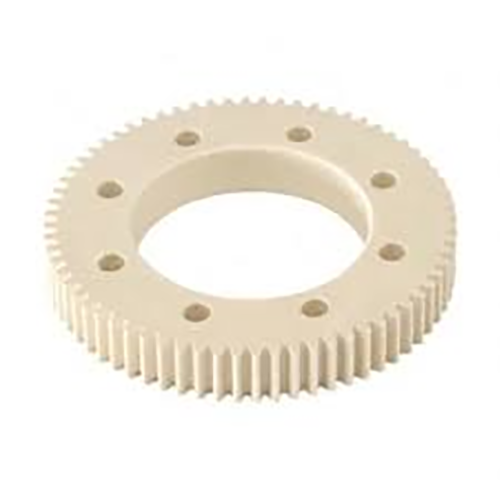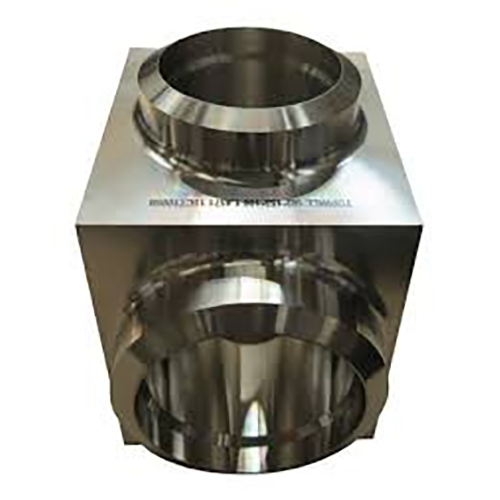
Achieving specified outer texture for a fabricated unit is critical.
- Specification callouts prescribe the detailed finish for parts
- Callouts frequently reference metrics such as Ra (average roughness) for roughness quantification
- Decoding surface notes is important for ensuring components achieve required performance
- A well-defined surface finish can impact factors such as lubrication, friction, and durability
- Accurate interpretation of callouts is required to realize the targeted surface
Understanding Precision Engineering in CNC Machining

Automated machining signifies a significant manufacturing innovation with programmed toolpaths the apparatus generates complex components precisely.
- Numerical control tools generate quality components from varied media
- Multifaceted CNC utility supports electronics, automotive, and aerospace production
- G-code driven machining maintains reliable consistency across batches
From small prototypes to large-volume runs CNC machining performs a central function in today's manufacturing landscape
CNC Specs Explained
Navigating specification tables often appears formidable at first sight
Though a little background plus organization helps you interpret technical details effectively
Initiate by spotting principal specs like spindle speed, feed rate, positional accuracy, travel limits, controller
Each characteristic modifies the machine’s effective performance.
Consider that higher spindle velocity suits pliant materials while elevated feed boosts capacity.
Comprehending those interactions assists in picking the proper CNC for tasks
Take time to inspect maker literature meticulously.
Producer documentation frequently delivers important notes and clarifies terminology
Understanding CNC Machines: A Complete Overview
Computer-operated machining stations are programmed units for precise automated part fabrication across materials These systems execute G-code sequences to govern tool movement and actuation.
- Examples of CNC types are vertical mills, CNC lathes, CNC routers, plasma cutters
- Fabrication techniques operate on ferrous, nonferrous, polymeric, and composite materials
- Additionally CNC gear supports fast prototyping and limited production for entrepreneurs and institutes
CNC Machines: The Fundamentals Explained
They demonstrate convergence of tight hardware tolerances and refined software control Programmable machines execute software-driven fabrication of straightforward components and complex constructions The fundamental principle behind CNC machines is the translation of digital designs into physical forms.
- CNC machining
- Programmatic production integration
It uses accurate motion sequences commanded by the controller Skilled staff determine cutting conditions, observe operations, and verify finished part quality.
Surface Finish Considerations for CNC
Realizing specified surface quality in machining is vital It determines product function and aesthetic quality Material selection, cutting strategy, and finishing steps all influence final texture.
Fine finishes raise resilience whereas rough profiles can restrict performance Code-driven machining enables selective tooling and techniques to attain required textures.
- By using distinct cutter geometries |PCD tools|tool speed tuning to deliver finish
- Moreover post-machining steps like polishing or sanding improve surface quality
Grasping how machining variables affect texture is critical to obtain optimal outcomes.
Understanding CNC Machines: A Beginner's Guide
CNC machining is a precise method of manufacturing that employs computer-controlled machinery to shape parts from various materials They interpret digital toolpaths to carve detailed designs reliably Basic knowledge of machine operation, G-code, and tooling selection plays a vital role in success
CNC serves diverse fields including aerospace, automotive, manufacturing, and electronics From precision engine parts to detailed injection molds, CNC delivers complex products
How to Specify Surface Finish for CNC Parts
Exact finish callout is important for CNC component manufacturing It makes sure the product satisfies function and aesthetic demands Engineers generally specify surface quality using the Ra roughness notation Shown in micrometers or inches, the measurement denotes typical roughness magnitude.
Factor in desired smoothness and the component’s functional purpose when setting finish callouts

Typically smoother finishes are chosen where tight dimensional control and alignment matter
Rougher textures often suit parts intended for grip or high-friction contact
Use explicit finish instructions on design documents to convey the surface requirement Include both the Ra value along with any additional instructions such as machining processes or surface treatments.
Bear in mind accurate finish callouts drive better manufacturing results
CNC Machine Types and Their Functions
There exists a diverse field of CNC machines built to serve many operational purposes They pair with CAD software to translate designs into cutting commands for precise fabrication.
- Milling machines are renowned for their ability to remove material from a workpiece shaping it into complex geometries
- Lathe machines operate on a rotating axis ideal for producing symmetrical parts with smooth surfaces
- Beam and jet cutting methods enable accurate slicing with differing thermal impacts
Pick machines based on material compatibility, feature detail, and dimensional demands Each type of CNC machine offers unique capabilities making them essential tools in diverse industries from automotive to aerospace.
Reaching Optimal Surface Quality Using CNC
Delivering optimal surface quality is necessary and CNC processes are well-suited to achieve it Using accurate feed and speed selection plus optimized tool geometry technicians refine cutting action to reduce surface flaws Coupled with high-quality tools and correct fluid use, finish quality is elevated Selecting appropriate cutting approaches and detailed machine calibration yields high-quality surfaces.
Obtaining Surface Quality via CNC Code
Controlling finish within programming is key to obtaining target surface results Combining feed, speed, and tool form strongly affects surface pattern and roughness Thoughtful parameter choices coupled with correct lubrication help produce polished surfaces.
- Moreover scheduled tool maintenance and inspection preserve surface performance Continuous tool maintenance and oversight preserve high what is meant by cnc machine finish consistency Besides that systematic tool upkeep and monitoring ensure sustained surface quality
- For better finishes evaluate substrate, roughness goal, and functional context
- Toolpath simulation enables testing parameter impacts to cut down surface errors
- Plus regular inspection and maintenance of tools copyright finishing standards
